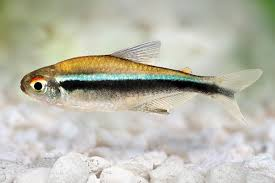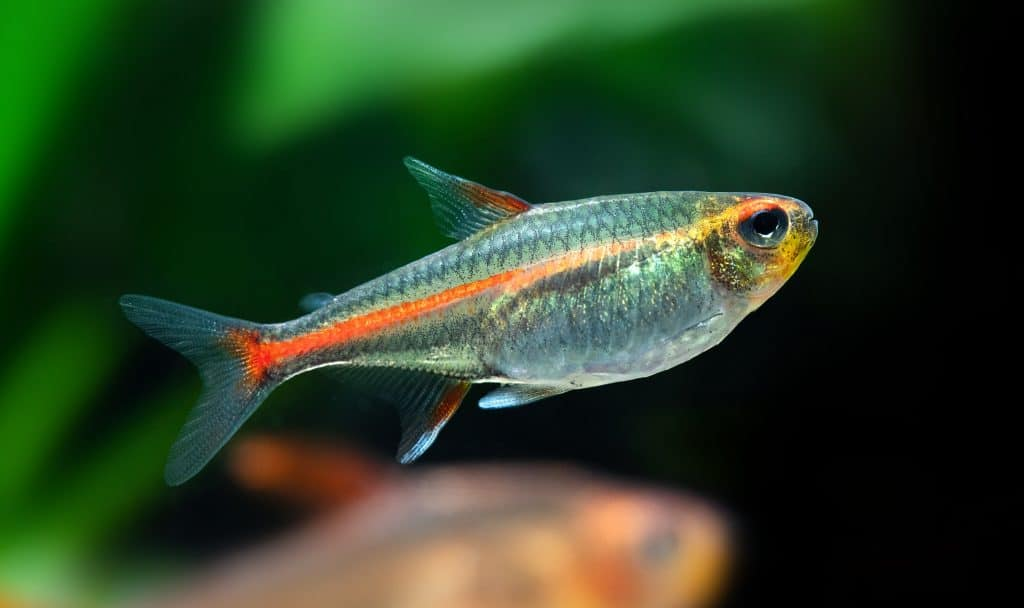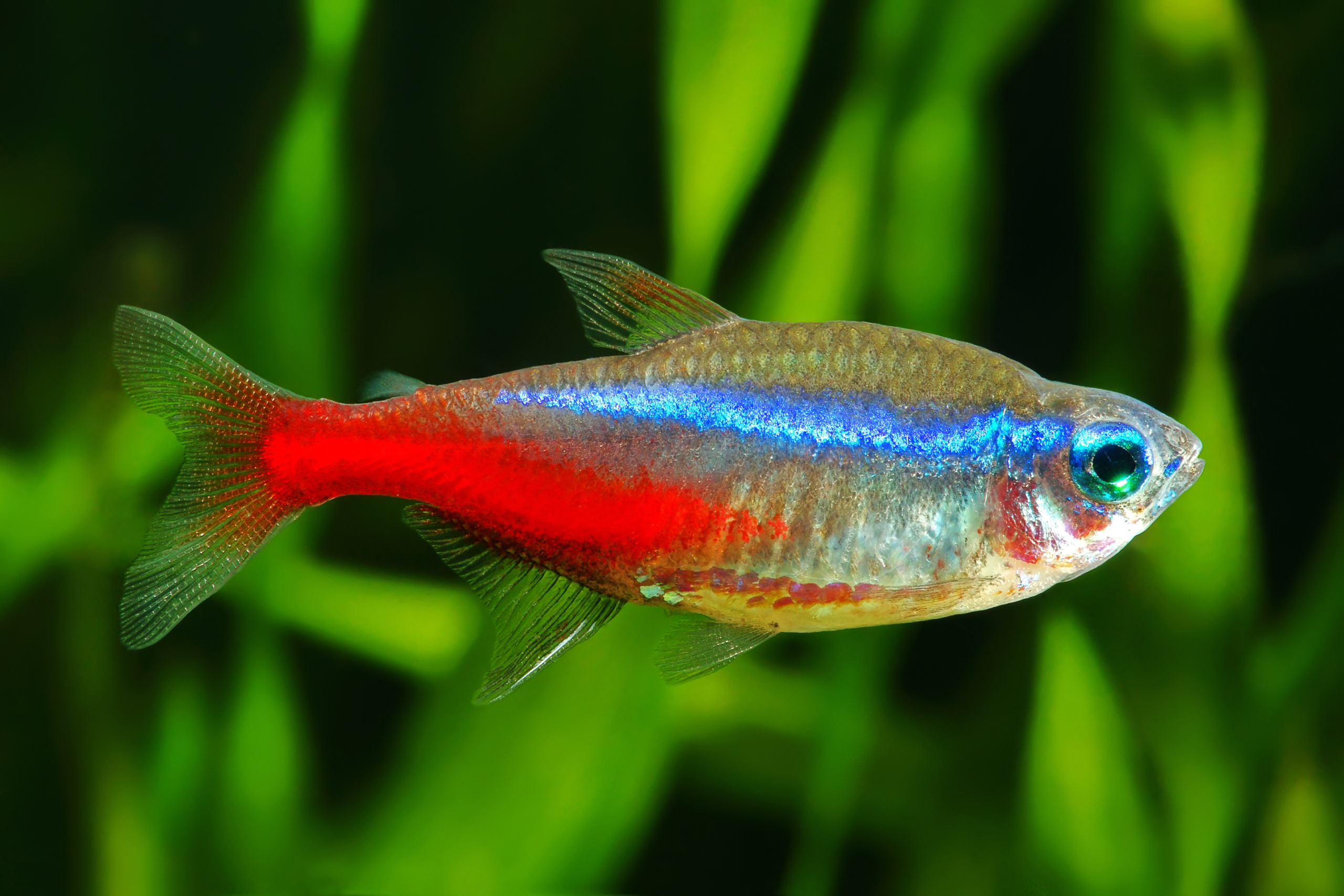Demasoni Cichlid: A Stunning Addition to Your Aquarium
Are you looking to add vibrant colors and lively energy to your aquarium? The Demasoni Cichlid (Pseudotropheus demasoni) is a striking freshwater fish native to Lake Malawi in Africa. With its electric blue and black striped pattern, this cichlid is a favorite among aquarists worldwide. If you’re interested in keeping this unique species, read on to learn more about its care, compatibility, and why it’s a must-have for any cichlid enthusiast.
Why Choose a Demasoni Cichlid?
- Eye-Catching Appearance: Demasoni Cichlids boast a dazzling blue and black striped pattern that makes them a centerpiece in any tank.
- Active and Engaging Behavior: These fish are highly active and exhibit fascinating social interactions, making them a joy to watch.
- Hardy and Adaptable: With proper care, they thrive in a well-maintained aquarium, making them a rewarding species for dedicated fish keepers.
Tank Setup & Care Requirements
Tank Size:
A minimum 40-gallon tank is recommended for a group of Demasoni Cichlids. Since they are territorial, providing ample space is essential to reduce aggression.
Water Conditions:
- Temperature: 76-82°F (24-28°C)
- pH Level: 7.8-8.6
- Hardness: Moderate to hard
- Filtration: A strong filtration system is crucial to maintain high water quality, as cichlids are sensitive to poor water conditions.
Tank Decor:
- Rocky Caves and Hiding Spots: Mimic their natural habitat by adding plenty of rocks and caves to create territories and hiding places.
- Substrate: Sand or fine gravel is ideal.
- Aquatic Plants: Though not necessary, hardy plants like Anubias can be added for extra aesthetics.
Diet & Feeding
Demasoni Cichlids are herbivorous and thrive on a diet rich in vegetable-based foods. Offer them a combination of:
- High-quality cichlid pellets or flakes
- Spirulina-based foods
- Fresh vegetables like zucchini or spinach
- Occasional treats like brine shrimp (in moderation)
Avoid protein-heavy foods, as they can lead to bloating and digestive issues.
Tank Mates & Compatibility
Demasoni Cichlids are known for their territorial nature, so careful planning is needed when choosing tank mates. Ideal companions include:
- Other Mbuna Cichlids (similar-sized, non-aggressive species)
- Yellow Labs (Labidochromis caeruleus)
- Rusty Cichlids (Iodotropheus sprengerae)
To minimize aggression, it is recommended to keep them in groups of at least 12 individuals, ensuring a proper male-to-female ratio (more females than males).
Breeding Demasoni Cichlids
These cichlids are maternal mouthbrooders, meaning the female carries fertilized eggs in her mouth until they hatch (approximately 3 weeks). Providing ample hiding spots will help reduce stress on breeding females. If successful, the fry can be fed crushed flake food or baby brine shrimp.
Shop for Demasoni Cichlids Today!
At Tropical Marine Aquatic , we offer healthy, high-quality Demasoni Cichlids for sale. Whether you’re a seasoned cichlid keeper or a beginner looking to add a vibrant species to your tank, we have everything you need. Browse our selection of cichlids, premium fish food, and aquarium accessories to create the perfect environment for your new fish.




Reviews
There are no reviews yet.